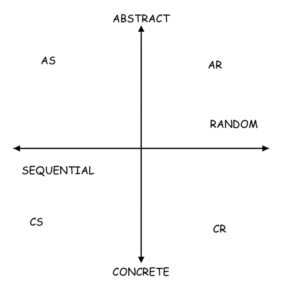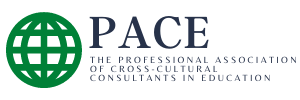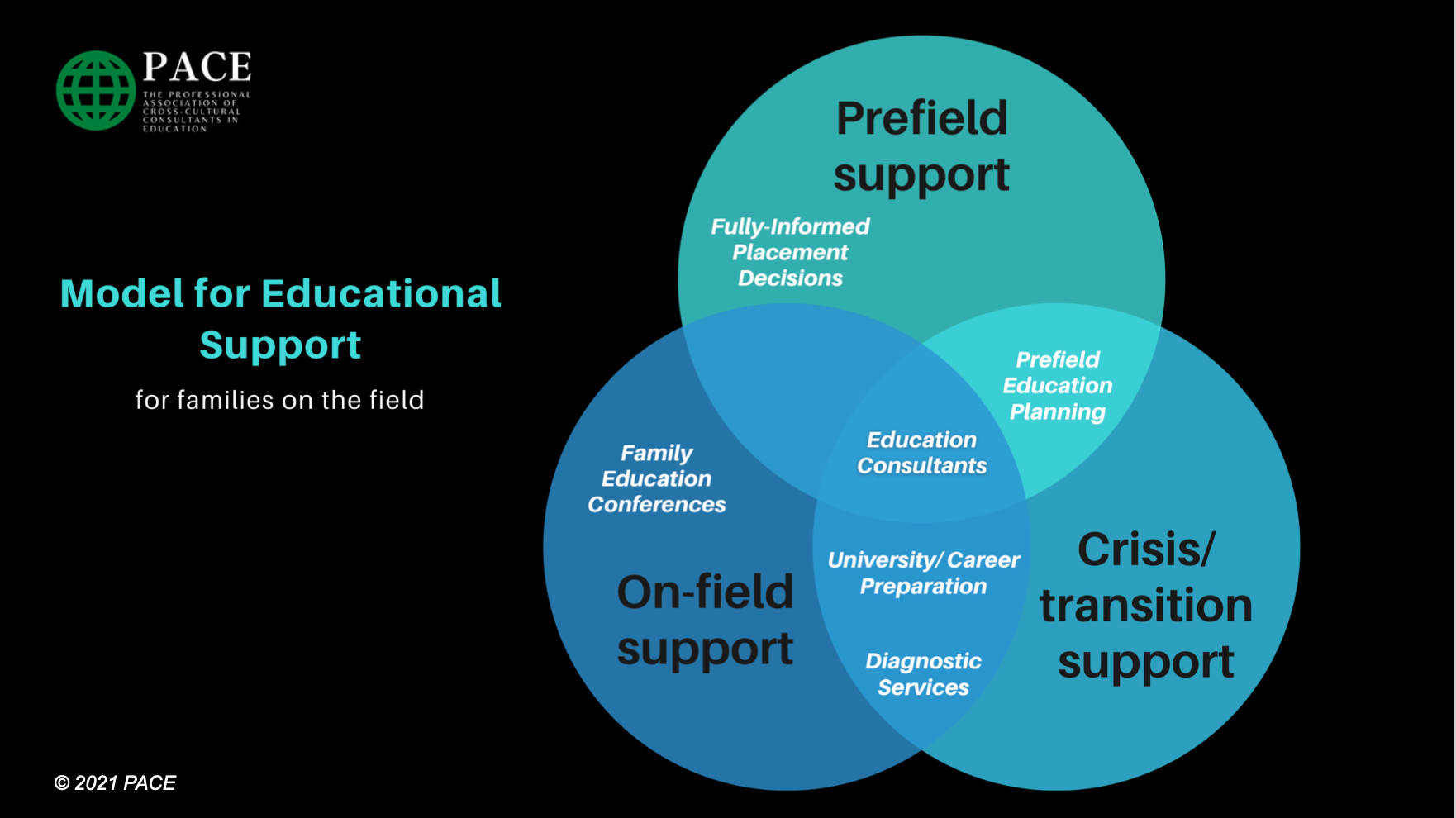In March, many education consultants gathered in person at the MK Education Summit near Atlanta…

Shape the Consultation to Meet the Learning Style, Part I
by Cynthia Shigo
Before I got married, I was required by the Christian college I attended to go to premarital counseling with my fiancé, Joel. When we were expecting our first baby, we attended classes in natural childbirth required by the hospital where my baby was born. To teach high school English in the state of Missouri, I was expected to study four years, train under a certified teacher, and continue my education even after I got my teaching degree.
When I started working with SHARE Education Services there was no formal training available so I began to read good books and observe other consultants. I quickly learned that consulting requires all the relational skills I have ever learned. I must be as good a listener as I have learned to be in 32 years of marriage. I must be as capable in recognizing ability and encouraging excellence as ever I was as mother to two intelligent young women. And I must be as gifted at recognizing the learning styles and strengths of my clients, and “teaching” to those strengths as purposefully as ever I was while teaching a high school or college class in speech or theatre.
As a teacher, I have always tried to teach in such a way that every student in my class would both accomplish the objectives I set out for the class and feel confident that they had accomplished those objectives. I understood that people learn in different ways, that they both perceive and acquire information in different ways, and that they order and retrieve that information in differing ways, as explained by Anthony Gregorc in his Learning Styles Model.
As Dr. Gregorc explains learning styles, we perceive the world in concrete or abstract ways, and we order our perceptions sequentially or randomly. If we graph these two opposing tendencies on an axis, we see that every learner falls somewhere in one of four general quadrants:
 A book by Cynthia Tobias, The Way They Learn, helped me to more fully understand people who fit into each of these four learning style quadrants. Tobias explains that Concrete Sequential students are gotta-have-a-plan, just-say-what-you-mean, do-it-by- the-book learners. Abstract Sequentials Tobias describes as let-me-think-about-it, don’t-rush-me, how-do-I-know-this-is-true students. Abstract Randoms are one-for-all, why-can’t-we-all-get-along, is-everybody-happy thinkers. And Tobias portrays Concrete Randoms as I’m-bored, is-this-really-necessary, I-have-a-better-idea people.
A book by Cynthia Tobias, The Way They Learn, helped me to more fully understand people who fit into each of these four learning style quadrants. Tobias explains that Concrete Sequential students are gotta-have-a-plan, just-say-what-you-mean, do-it-by- the-book learners. Abstract Sequentials Tobias describes as let-me-think-about-it, don’t-rush-me, how-do-I-know-this-is-true students. Abstract Randoms are one-for-all, why-can’t-we-all-get-along, is-everybody-happy thinkers. And Tobias portrays Concrete Randoms as I’m-bored, is-this-really-necessary, I-have-a-better-idea people.
As I have gained experience as a teacher, I have come to recognize these different learners by the questions they ask. A CS student will ask questions like, “When is it due?” and “How many points can I earn?” and “Will I get a grade for this?” By contrast, an AS learner will ask, “How do you know?” or “What do the experts say?” or “How can I learn more about this?” The AR child asks, “Can I sit by you?” or “Did you like to write poems like this when you were my age?” or “Do you like my picture?” And, finally, the CR learner asks, “Is this really important?” and “Can I do it my way?”
I have applied my understanding of these learning styles to prepare lessons that build upon all their differing strengths. For example, a CS student feels most successful in a learning situation when he follows a step-by-step plan for learning and leaves with some concrete object to help him remember what he has learned, such as an outline, notes he has taken, or a completed assignment or project. An AS student must thoroughly understand a topic to feel that she has learned well, and feels most successful when she has had plenty of time to think about new material, to ask questions, and to look for new sources of information.
An AR student must relate, or talk about what she is thinking to feel successful in learning, and a CR child must experience or practice using new knowledge for himself. To plan a lesson that engages all these learning styles, I attempt to include creating a concrete outline or project, plenty of time to ask questions and find resources, an opportunity to discuss what we are learning, and time to put into practice new ideas, in every lesson.
When I began consulting, I looked for ways to apply my understanding of learning styles to create an experience for my clients that they would perceive as a successful learning opportunity. Following the example of the experienced consultants I observed, I always began with one or two general questions, to get the clients talking, and then listened very carefully to the responses they gave.
Sometimes I would ask, “Why did you want your child to be tested at this time?” and “Were there any surprises in the test scores?” At other times I might ask, “Why did you want to consult with me?” and “What are your concerns for this child?” I almost always ask, “What are you proudest of in this child?” or “What delights you about this child?” When I have asked the question, I listen carefully to the response.
I have found that the responses of a teacher or parent in a consultation are as remarkably significant in revealing learning styles as the things children say in a classroom. A CS teacher or parent might ask, “What books can I read about this issue?” or “Is there a scope and sequence I can follow when teaching writing skills?” or “What curriculum do you recommend for Spelling?” I have had many Concrete Sequential parents ask for reading lists or a four-year plan for teaching high school or the best daily plan book to buy. Parents of this learning style are also the most likely to say something like, “My son is nothing like me.” It is important to show compassion, and to help these parents understand that there is no one right sequence for learning well.
The AS parent or teacher is more likely to ask technical questions about the test given or the curriculum suggested. It is wise to know the answers to these technical questions or to know what resources will help the AS consult find the answers he needs. These parents may also ask questions like, “How do you know this is true?” or “What is the big picture?” It is important to listen carefully for heart needs of the AS parent hidden in her request for knowledge.
To be continued in our next blog. Stay tuned!
.
© 2012-2023 PACE
All rights reserved


